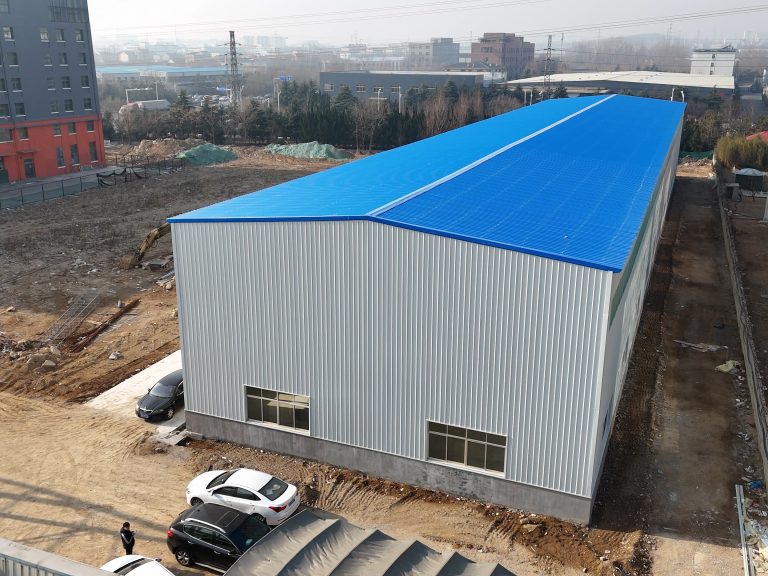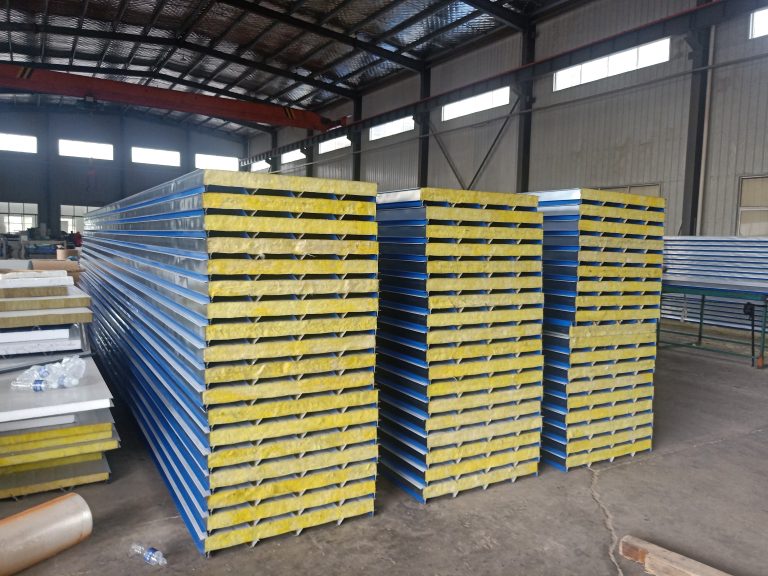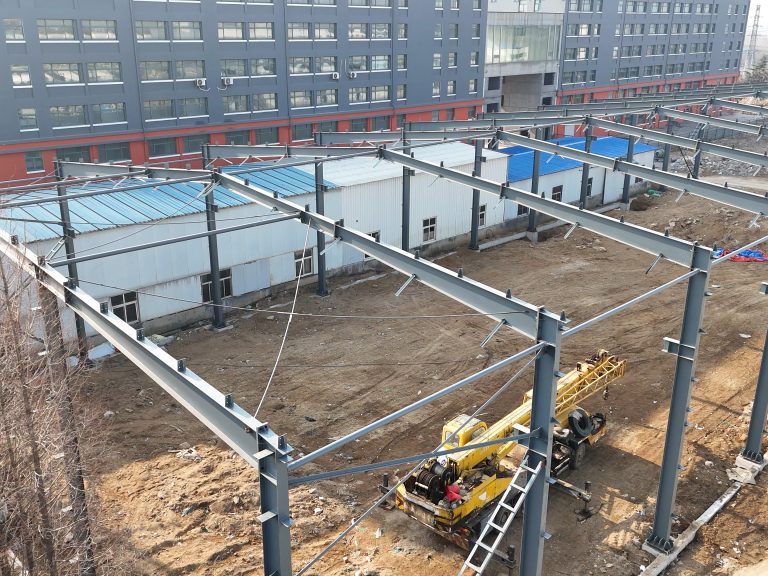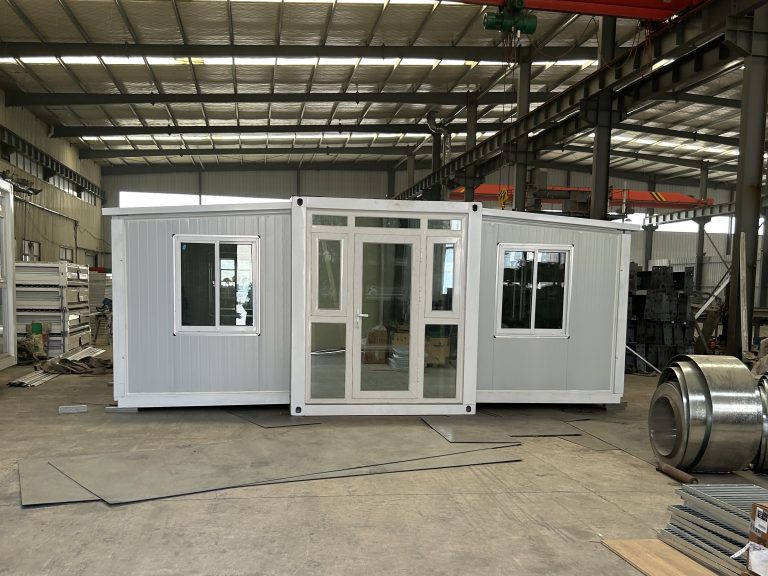Table of Contents
Benefits of Using Steel Structures in Bridge Engineering
Steel structures have long been a popular choice in bridge engineering due to their numerous advantages. From their durability and strength to their versatility and cost-effectiveness, steel structures offer a wide range of benefits that make them an ideal choice for bridge construction projects.
One of the key advantages of using steel structures in bridge engineering is their high strength-to-weight ratio. Steel is known for its exceptional strength, allowing for the construction of bridges that can support heavy loads and withstand harsh environmental conditions. This strength is particularly important in bridge engineering, where structures must be able to support the weight of vehicles, pedestrians, and other loads without compromising safety or stability.
In addition to their strength, steel structures are also highly durable and resistant to corrosion. Unlike other materials, such as wood or concrete, steel does not rot, warp, or degrade over time. This makes steel structures an excellent choice for bridges that are exposed to the elements, as they can withstand harsh weather conditions and require minimal maintenance to remain in good condition.
Another advantage of using steel structures in bridge engineering is their versatility. Steel can be easily shaped and molded into a wide range of designs, allowing for the construction of bridges that are both functional and aesthetically pleasing. This versatility also extends to the construction process itself, as steel structures can be prefabricated off-site and then assembled on-site, reducing construction time and costs.
Cost-effectiveness is another key advantage of using steel structures in bridge engineering. While steel may have a higher initial cost than other materials, such as wood or concrete, its long-term durability and low maintenance requirements make it a cost-effective choice in the long run. Steel structures also have a longer lifespan than other materials, reducing the need for frequent repairs or replacements and saving money over time.
When designing steel structures for bridge engineering, there are several key points to consider. First and foremost, it is important to carefully calculate the loads that the bridge will need to support, including the weight of vehicles, pedestrians, and any other potential loads. This will help ensure that the steel structure is strong enough to withstand these loads without compromising safety or stability.
It is also important to consider the environmental conditions that the bridge will be exposed to, such as temperature fluctuations, moisture, and corrosive elements. By choosing the right type of steel and applying protective coatings, engineers can ensure that the steel structure remains durable and resistant to corrosion over time.
In addition, the design of steel structures for bridge engineering should take into account factors such as aesthetics, functionality, and ease of construction. By working closely with architects, engineers can create steel structures that not only meet the technical requirements of the project but also enhance the overall design of the bridge.

In conclusion, steel structures offer a wide range of advantages in bridge engineering, from their strength and durability to their versatility and cost-effectiveness. By carefully considering the design points outlined above, engineers can create steel structures that are not only safe and reliable but also visually appealing and efficient to construct. With these benefits in mind, it is clear that steel structures will continue to play a key role in the construction of bridges for years to come.
Key Design Considerations for Steel Structures in Bridge Engineering
Steel structures have long been a popular choice in bridge engineering due to their numerous advantages. From their strength and durability to their versatility and cost-effectiveness, steel bridges offer a wide range of benefits that make them an attractive option for engineers and designers. In this article, we will explore the application advantages and key design considerations of steel structures in bridge engineering.
One of the primary advantages of steel structures in bridge engineering is their strength. Steel is a highly durable material that can withstand heavy loads and harsh environmental conditions, making it ideal for use in bridges that need to support large amounts of weight. Additionally, steel structures have a high strength-to-weight ratio, meaning that they can be designed to be lighter and more efficient than other materials, such as concrete or timber.
Another key advantage of steel structures is their versatility. Steel can be easily shaped and manipulated to create a wide variety of bridge designs, from simple beam bridges to complex truss bridges. This flexibility allows engineers to tailor the design of a steel bridge to meet the specific requirements of a project, whether it be spanning a river, crossing a highway, or connecting two buildings.
In addition to their strength and versatility, steel structures are also highly cost-effective. While the initial cost of steel may be higher than other materials, such as concrete, the long-term savings can be significant. Steel bridges require less maintenance and repair than other materials, reducing the overall lifecycle costs of the structure. Additionally, steel structures can be prefabricated off-site, reducing construction time and labor costs.
When designing a steel structure for a bridge, there are several key considerations that engineers must take into account. One of the most important design considerations is the overall load-bearing capacity of the bridge. Engineers must carefully calculate the maximum loads that the bridge will need to support, including the weight of vehicles, pedestrians, and any other potential loads. This information will help determine the size and spacing of the steel beams, columns, and other structural elements.
Another important design consideration is the environmental conditions that the bridge will be exposed to. Steel structures must be designed to withstand a wide range of weather conditions, from extreme heat and cold to high winds and heavy rainfall. Engineers must carefully consider factors such as corrosion protection, thermal expansion, and seismic resistance when designing a steel bridge to ensure its long-term durability and safety.
In conclusion, steel structures offer a wide range of advantages in bridge engineering, from their strength and durability to their versatility and cost-effectiveness. When designing a steel bridge, engineers must carefully consider factors such as load-bearing capacity, environmental conditions, and maintenance requirements to ensure the success of the project. By taking these key design considerations into account, engineers can create safe, efficient, and durable steel bridges that will stand the test of time.






